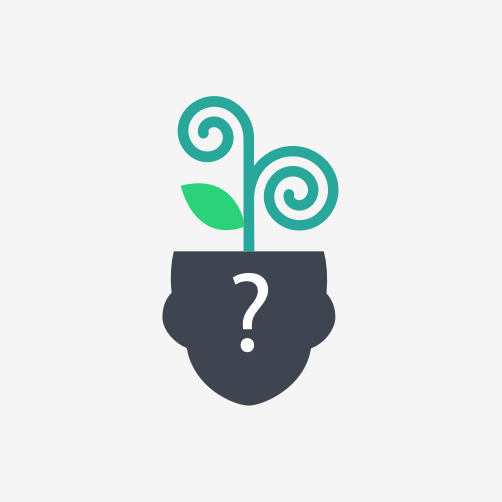I was first introduced to StartSOLE by Jeff McClellan, a colleague with whom I have worked with in Egypt on professional development programs for the Egyptian STEM Schools. Our work conversations about inquiry-based learning led to conversations about our other projects and Jeff shared his work with StartS.O.L.E. The idea behind this was very much in line with my philosophy of designing instruction and so I invited Jeff to be a guest speaker in the spring of 2020 in my undergraduate Science Methods classes for pre-service teachers. I focus heavily on inquiry-based learning so this was a great opportunity to introduce the students to a tool that promotes inquiry learning.
What I observed the day that Jeff and I worked with my students was that the students were able to understand the concept of StartSOLE and engage in the lesson; they understood the pedagogical approach, but many were uncomfortable in presenting to their peers. Student comments reflected a lack in confidence that concerned me and also confirmed and supported previous work I had done on the impact of confidence levels of pre-service teachers in teaching mathematics: a teacher's attitude and disposition can negatively impact learning in the classroom. If their attitude and disposition toward inquiry-based learning is negative, what does that mean for their future teaching in the classroom?
I started to think about how I could use S.O.L.E. in my courses. I realized it could serve as a dual purpose: an opportunity for developing the confidence levels of these future teachers and an instructional tool they could use to promote inquiry in the classroom. I immediately started using S.O.L.E. in both my undergraduate and graduate courses.
I started by introducing StartS.O.L.E. as this great opportunity to promote inquiry in the classroom, a simple tool that could be used in any course. I figured this would get my students thinking about an interdisciplinary approach to teaching, maybe encourage them to reach out to colleagues on projects, open their thinking up to relinquishing, so to speak, control of learning and allowing students to embrace and take charge of their own learning. But something was missing. StartSOLE seemed more powerful than just a great activity.
I decided rather than simply using S.O.L.E. as something pre-service teachers and practicing teachers can do with their students to promote inquiry in the classroom, I would utilize it as a pedagogical tool carefully and strategically placed to launch learning and scaffold concepts and skills.
My job is to teach pre-service teachers how to teach. It’s not easy. Instructional planning that reflects a holistic approach, that is logical and sequences lessons to ensure scaffolding, is difficult for practicing teachers let along pre-service teachers. I provide my students with a model for designing instruction that includes several frameworks, all grounded in research taking into consideration the needs of learners, appropriate use of technology, process of design, logical sequencing of lessons, and mindset. But in the spring of 2020, I quickly came to realize that S.O.L.E. is a tool I can use for my model that will support and enhance learning.
As a matter of standard practice, I now use S.O.L.E. as the introductory to my courses. Students immediately experience inquiry by investigating "What is inquiry?" during the first class of the science methods courses. The first time I did this, it was with graduate students, many of whom are practicing teachers. Due to COVID-19 and the course being online, it would be necessary for my students to work in breakout rooms, but many of them had never even used zoom before. I knew this would come with challenges and reach far beyond the comfort level of many students in an online platform, but I decided to just jump right in. We did our obligatory introductions and then I launched into my S.O.L.E. lesson. Students worked in breakout rooms and I visited each breakout room to provide appropriate guidance as the students conducted their research. I was making my "rounds" when I joined a group and all of the students were laughing. I was so curious what was so funny and asked the group if they might share. One student said, "You completely set us up! You're teaching us what inquiry is by having us do inquiry!" And I knew they got it. I was thrilled. We all started to laugh and it confirmed 2 things for me: 1. This was a challenge worth doing and 2. S.O.L.E. is a valuable pedagogical tool.
After the students completed the S.O.L.E. lesson and shared out, we had a very robust discussion around the value of a constructivist approach to teaching, how the experience of inquiry deepened their understanding, and how important it was for them to be engaged during the first class of the course.
This experience was a clear example of that light bulb going off and we all benefitted from it. I walked the class through the process of creating a StartS.O.L.E. profile and explained how they would use a S.O.L.E. lesson in the design of their units. They were beside themselves in terms of how easy it was to create a S.O.L.E. lesson and took the leg work out of aligning standards and making connections with other disciplines. As we moved forward in the course on how to design a unit, and students completed their first S.O.L.E. lesson and I repeatedly had to assure them, "Yes, it's that simple."
Forty-three undergraduate students in that spring 2020 course were introduced to S.O.L.E as well as an additional twenty-four undergraduate and eighteen graduate students in my other courses. One student asked, “Why wouldn’t we do this with all of our units?” which is exactly how I teach using S.O.L.E: Start with SOLE.


